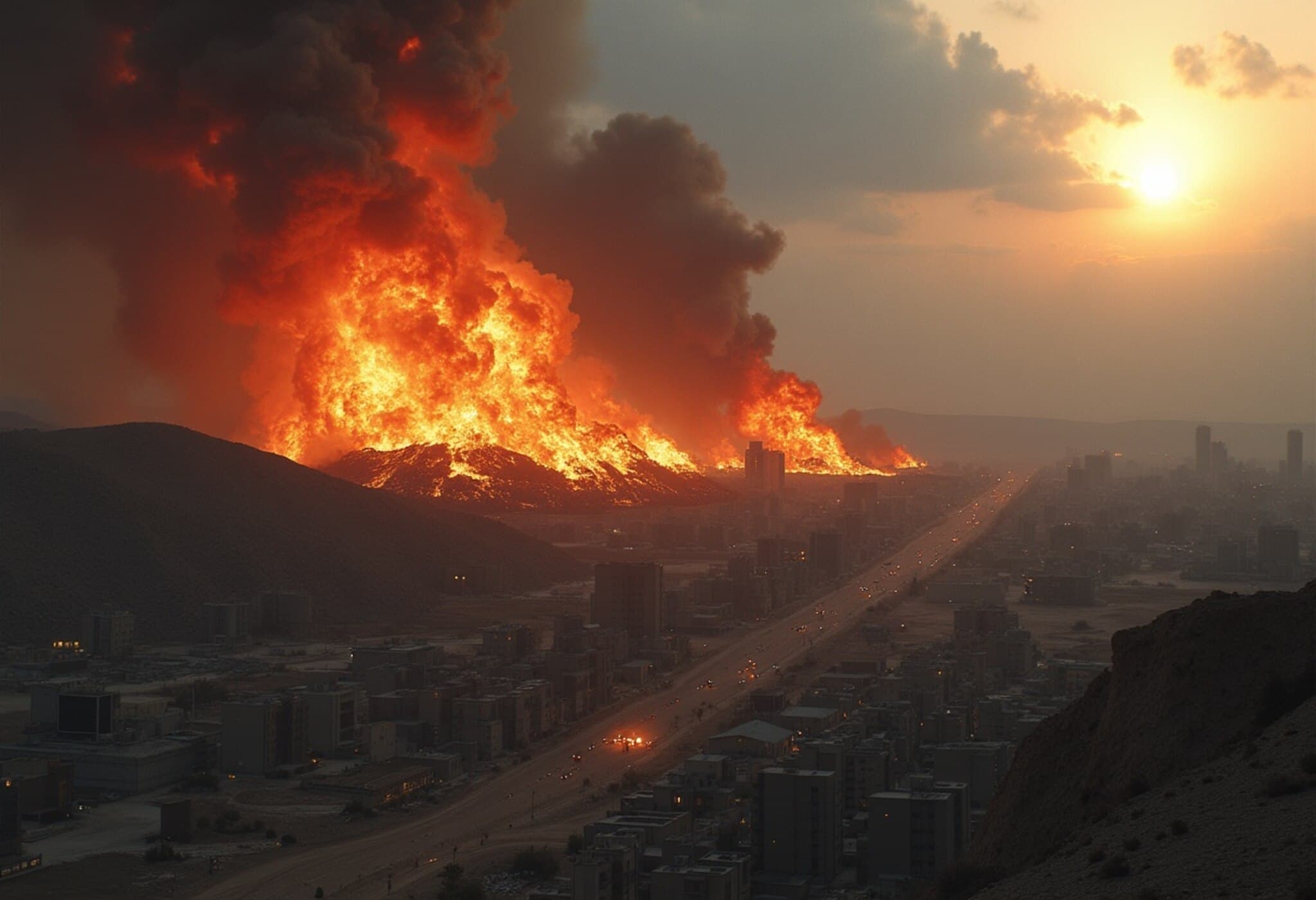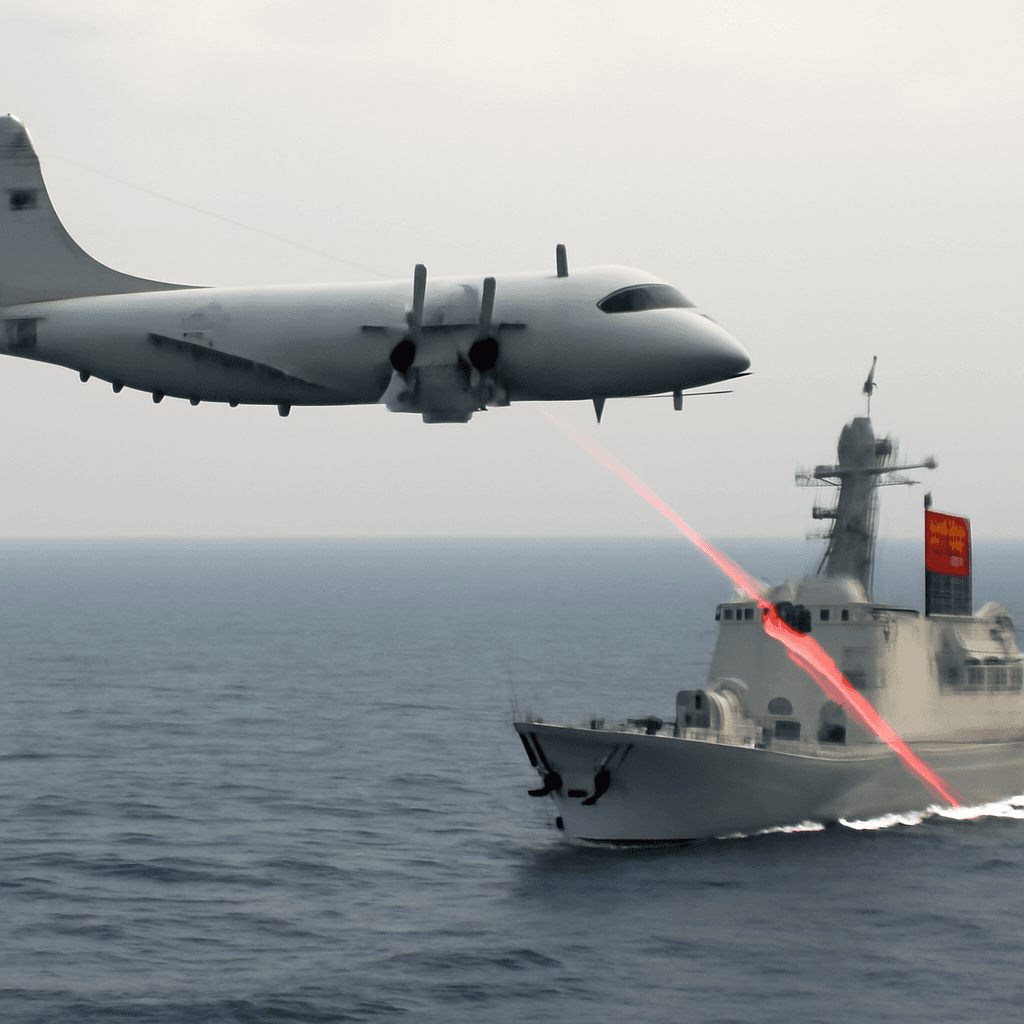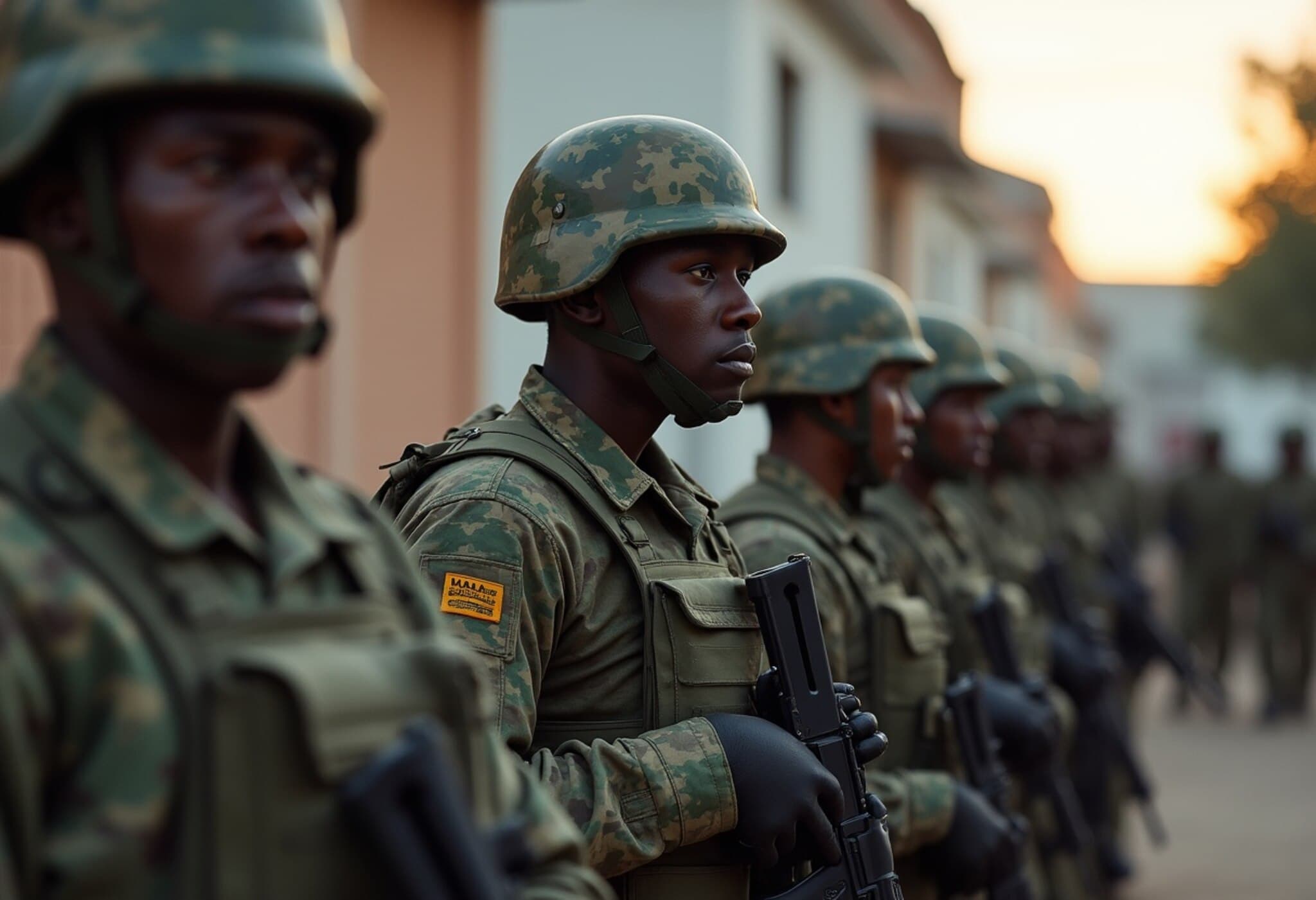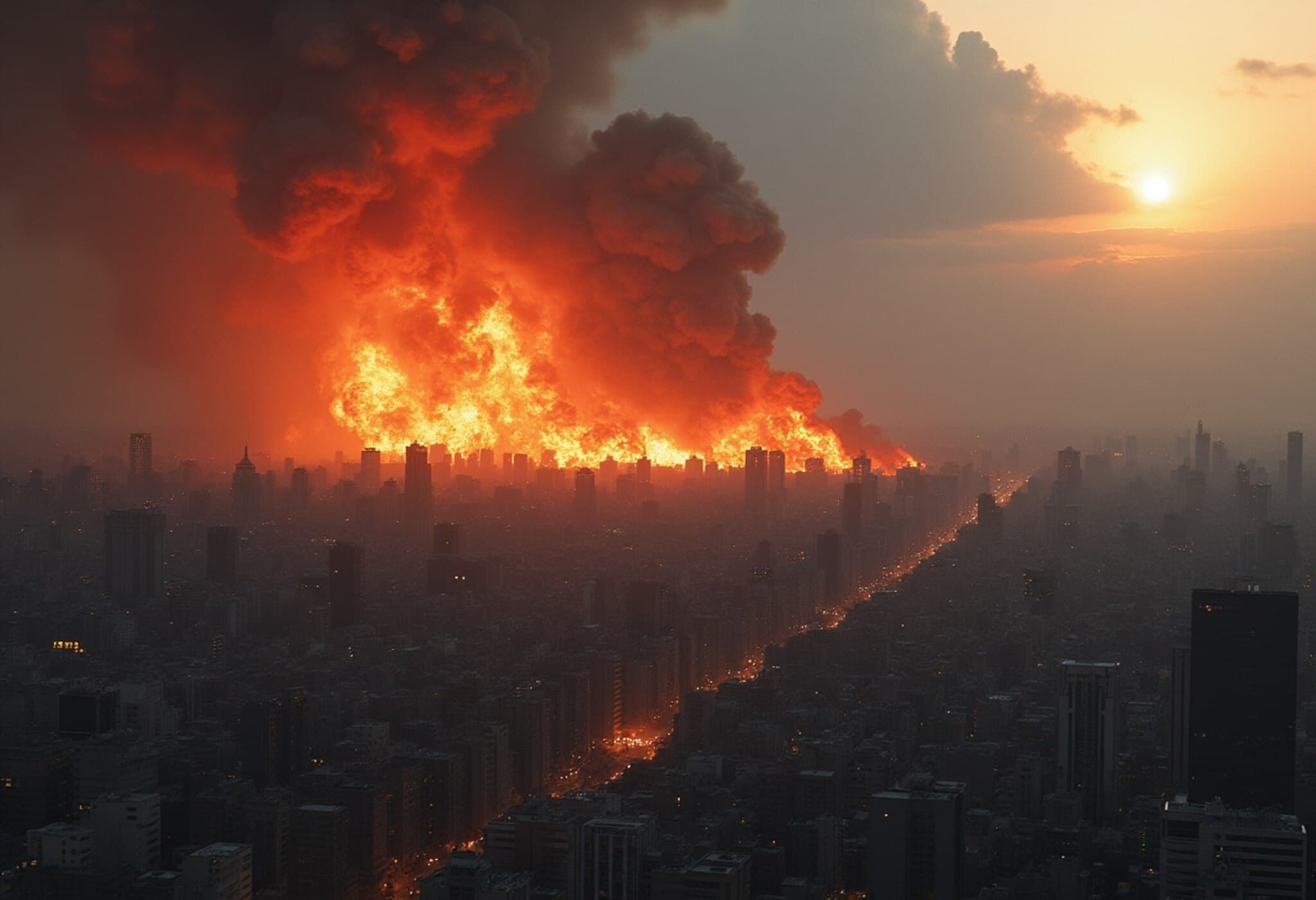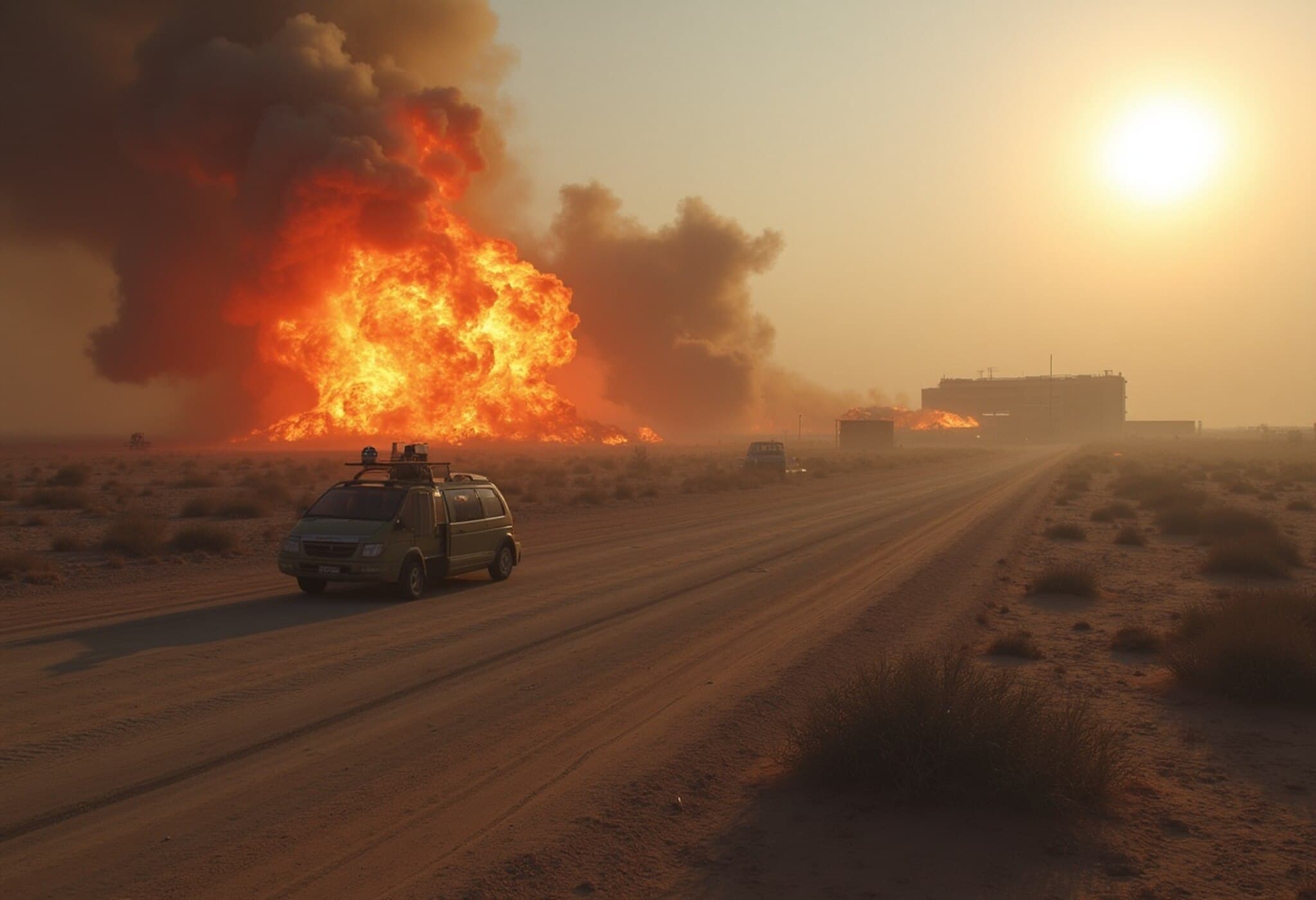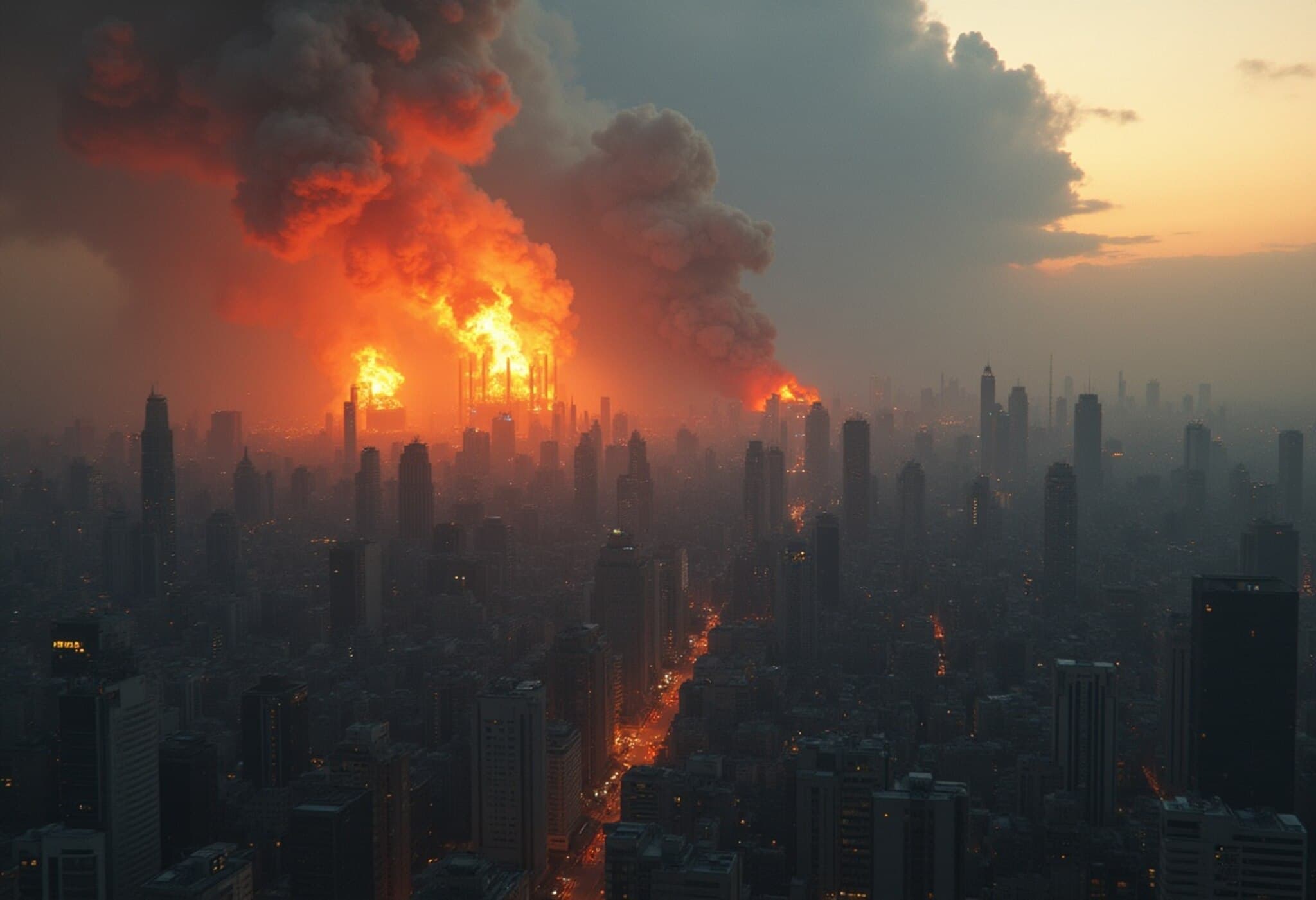US Airstrikes Target Iran's Nuclear Complexes Amidst Uranium Disappearance
Recent US air raids on Iran’s nuclear facilities have stirred considerable uncertainty regarding the fate of a significant uranium stockpile. Intelligence and satellite imagery suggest that before the strikes, Iran may have relocated around 400 kilograms (approximately 880 pounds) of near-weapons-grade uranium. This quantity is enough to manufacture up to ten nuclear warheads, raising serious concerns about nuclear proliferation.
Relocation of Uranium Prior to US Strikes
Satellite photos taken shortly before the attacks revealed trucks lined up outside Iran’s heavily fortified Fordow enrichment plant, situated deep within a mountain—long considered impervious to missile strikes. Post-strike imagery showed these vehicles had disappeared, leading to speculation that Iran moved the uranium stockpile out of harm’s way.
The uranium was enriched to approximately 60% purity, nearing weapons-grade material. International Atomic Energy Agency (IAEA) inspectors last accounted for this uranium about a week before hostilities escalated. The agency's head confirmed that Iran has taken deliberate steps to protect this material, implying its relocation.
Official Statements and Mixed Messages
Following the attacks, the US President declared that Iran’s nuclear program had been "completely and totally obliterated." This came after a 37-hour campaign involving seven B-2 stealth bombers deploying bunker-busting bombs, supported by Tomahawk cruise missiles, targeting sites including Fordow, Natanz, and Isfahan.
However, senior US officials later tempered these claims. The Vice President acknowledged that the missing uranium had not been recovered and emphasized ongoing efforts to address its whereabouts. The uncertainty surrounding this enriched fuel complicates efforts to verify the extent of damage inflicted on Iran’s nuclear capabilities.
Strategic Implications of the Missing Uranium
Israeli intelligence sources report that the uranium was likely transported from Fordow to a nuclear facility near Isfahan, stored in containers small enough to be hidden inside ordinary vehicles. Iran has neither confirmed nor denied these reports, maintaining ambiguity over the material's current location.
This disappearance hinders diplomatic progress by obscuring the full impact of the airstrikes and delaying clarity on Iran’s nuclear trajectory.
Inspection Challenges Amidst Conflict
Following the commencement of hostilities and related airstrikes, Iran suspended all IAEA inspections. The agency’s chief cautioned that ongoing military escalation severely undermines monitoring efforts and diminishes prospects for a diplomatic resolution.
Damage Assessment of Nuclear Facilities
US Defense officials confirmed extensive destruction at all targeted sites. Satellite images reveal multiple breaches to the mountainous shelter surrounding Fordow caused by massive bunker busters weighing 30,000 pounds. Yet, some critical centrifuges—used to enrich uranium—may remain intact due to their substantial size and fixed installation, making rapid removal unlikely.
At Natanz, an older and more exposed site, airstrikes reportedly disrupted critical power systems, possibly disabling the majority of centrifuges there.
Potential Setback and Iran’s Ongoing Nuclear Activities
Experts estimate these strikes could delay Iran’s nuclear ambitions by two to five years. Still, intelligence indicates Tehran has started constructing deeper underground facilities to replace damaged sites, making future targets even harder to reach.
While the US and Israel accuse Iran of resuming nuclear weaponization, concrete public evidence remains elusive, as Iran denies such allegations.

